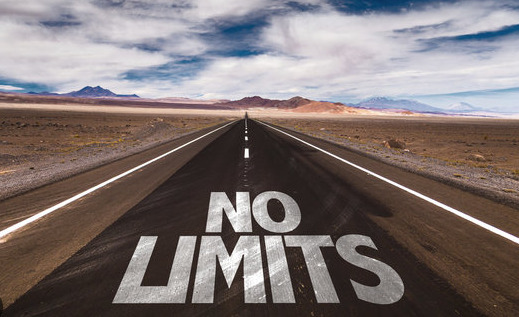As in any great reset, the new world we’re embarking into presents plenty of opportunities, and challenges. Some organisations have encountered a sensational setback with more than half decline from projection contrasted with a similar period pre-pandemic, some others have totally closed down activities to reduce costs. And this is just the beginning. As companies rise up to the challenges, the wisdom and strength of their responses to global disruption, as well as their commitment to modernisation will be judged calculatingly and define their future performance.
Business landscape around the globe is restructuring itself and a new mapping will be created. Having a vision is always the number one priority, but envisioning a new goal that can guarantee sustainability in the long run, can prove to be delicate. A method that’s been proven effective in setting up a trajectory is the SMART criteria: Specific, Measureable, Aligned, Relevant and Time-bound. The goals and objectives set will also depend on a few key factors, including strengths and weaknesses. New partnerships and alliances should be gauged and formed once the business has done its homework and Predictive Measurements to ensure the vision is ambitious and doable at the same time. In a highly-charged political and commercial climate, understanding motivations and interests is deemed as significant as much as building trust.
It’s a fact that the pace of modernisation still varies depending on the nature of business, geography and culture. Time will dictate that modernisation requires full commitment of vision, ideology and initiatives. All of which are based on readiness for the next level and a shared vision of a sustainable, future-proof ecosystem. Typical to an “end-of-era” typed civilisation, there will be efforts for exploitation by means of holding back on to existing conventions for as long as possible in order to gain the upper hand and “stock up” resources for the next wave. The stumbling blocks these types of businesses may realise at the crucial stage is that while they may have achieved the desired revenue and asset level, they may get an “ecosystem shock” when trying to adjust and keep up with the speed of innovation.
In a time of uncertainty, most would wish they had a crystal ball in ensuring great strategic move and a good play. Whether it’s forecasting, predictive modelling, simulation or optimisation, understanding the signs and focusing on the best possible outcome are always considered “brilliancy”.



